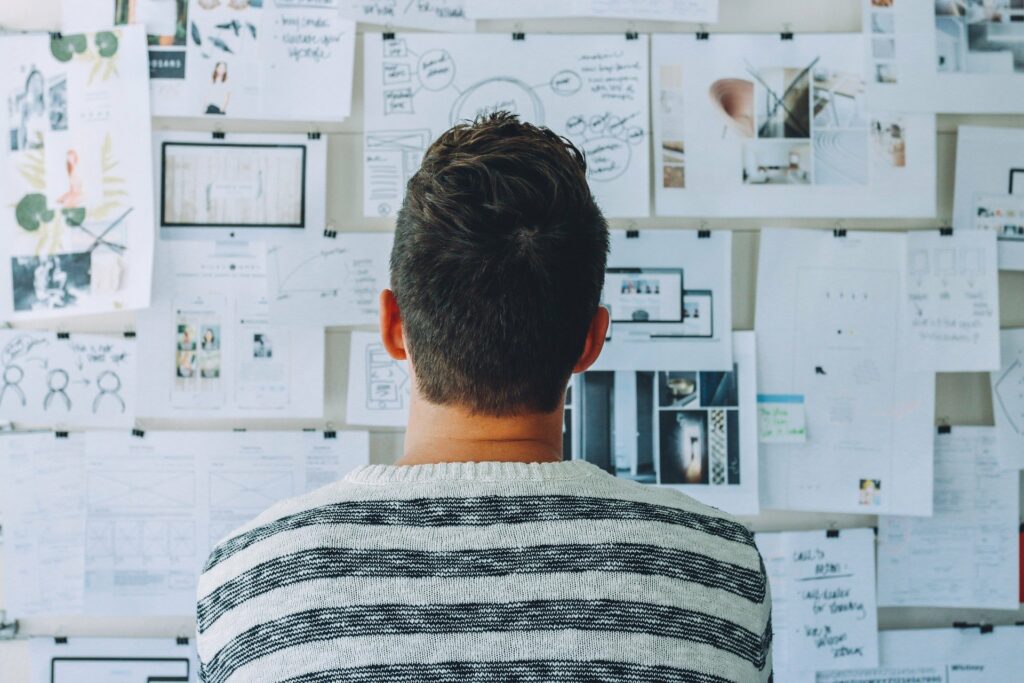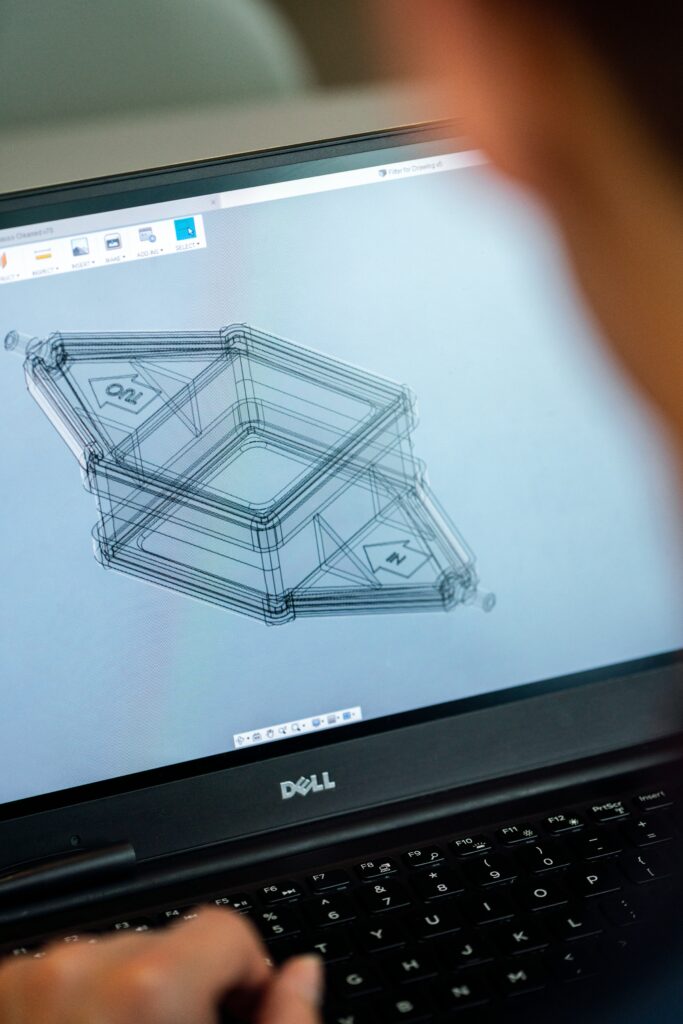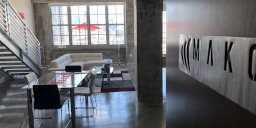
Design for environment (or DfE) is a program originally introduced in the very early 1990s. During that time it began as an initiative businesses could choose to opt-into. There was a move to protect the health of people, and a call on businesses to choose to do so. Today many consumers are more conscious. And many buyers are looking for products that are considerate of the environment.
In the mid-2000s the design for environment movement shifted to designations. And that designation involved labelling products as environment conscious and friendly. Any company who wants a design for environment designation must fulfil specific guidelines.
Design for environment is about the actions every business takes throughout production. It focuses on being thoughtful about the environment from the beginning to the end. This article will cover:
- What is design for environment?
- How to design for the environment and sustainability
- How to design for government guidelines
So if you want more information about design for environment and how it can benefit your business, keep reading.

The Design for Environment Approach
The DfE approach is an engineering effort. It seeks to lower the impact of product design on the environment. It follows every design for environment guideline. And it helps companies adopt a kinder approach to the environment. Each aspect of design for environment must follow very specific protocols to recieve the design for environment seal. They are:
The Essential Aspects of DfE
Materials & extraction follow key guidelines in designing for environment approach. They are:
1. Materials and Extraction
- Lower the use of hazardous and toxic materials. And reduce dangerous emissions that take place during the production process.
- Avoid high-energy materials such as aluminum. Doing so reduces dangerous emissions in the production process.
- Reusing, renewing, and recycling materials in the production process. Reducing use of thermosets and mixed polymer. This will reduce the volume of non renewable materials extracted from the earth.
- Consider the design of products. And avoid wasteful materials in the design and packaging process.
2. Production
- Lessen material usage that damages the environment in the product manufacturing process. Both liquid or solid emissions apply.
- Know the processes that emit more energy. These include high heating and cooling and heavy motors.
- Increase use of energy efficient devices. Including heat exchangers, so that excess heat is not wasted.
- Reduce heat and cooling loss in production facilities. This is doable through better construction of facilities and speedy repairs.
3. Transport/Distribution/Packaging
- Use energy and material efficient transportation. Examples include transporting materials by container ship or train.
- Reduce shipping cost of materials and the distance they travel. Use local service suppliers and markets.
- Use bulk packaging to transport a large volume of materials.
- Reuse refillable containers whenever possible.
4. Use
- It is possible to lower energy consumption. We do so by ensuring the staff is using equipment on protective settings. Power down mode and leak prevention with the help of a leak detector are examples.
- Reduce consumable usage by implementing energy efficient tactics. Efficient packaging, leak detection and prevention, reusing containers and materials all work.
- Increase and improve the lifecycle of products produced by building them to last. Think long-term durability.
- Lower use of periodic combustibles (including batteries, cartridges’ and other containers).
5. Disassembly/Recycling
- Establish the reuse of the product by using efficient and classic design that will last for a long time.
- Establish the refurbishing and remanufacturing of products and materials.
- Establish recycling parts and materials used by taping into an existing market.

Benefits of Designing DfE Products
There are several benefits to consider when incorporating design for environment principles. Environmentally friendly products get a designation. And labeling is a sign that you’ve received this distinction. It helps buyers find your product.
Design for the environment gives special protection. It means your product has gone through tests throughout the production process. DfE reveals unknown chemicals otherwise hidden in raw material blends or diluted water.
Design for the environment also finds harmful chemical combinations in your product or production. Cleaning products, for example, often have this kind of issue found. DfE recommends safer chemical combinations. They provide alternatives that are better for the environment.
Making Your Products Environmentally Friendly
Having an environment-friendly product design is helpful for the product maker and the buyer. It’s about protecting the environment. The benefits of having this production process and product are huge.
Design for Environment: Frequently Asked Questions
What is Design for Environment?
Design for the environment seeks to lessen the impact of product development on the planet. It looks at every step in the design process. It observes the concept, production, and development of products. And it takes every opportunity to be fair to the environment.
Why is environmental design important?
DfE is important because it helps everyone in the production process. Everyone involved is making products without harming the environment. And buyers who care about the environment can support DfE efforts.
What is good environmental design?
Good environmental design considers the chemicals used to create the product. The heat, cooling, and water usage are watched. It works with local supply chains. It uses little plastic and other materials when products are ready for packaging. And it ensures materials and products don’t travel too far. All of this is important to the DfE process.
How can I create environmentally friendly products?
So design for the environment is focused on the full life cycle of a product. And education about what makes a product friendly to the planet, at every point of its life cycle, is critical.
Final Notes
Ultimately, the decision to design for the environment is a good one. Yet, in an active market, it can be tough to know where to start.
MAKO Design works with startups, small manufacturers, and inventors. And we’ve seen from experience that starting DfE from the early stages of production can make all the difference.
So contact us today! We’re experts in product development and product design. We can help you ensure that you stay true to your vision. And we can help you design for the environment too.
About: MAKO Design + Invent is the original firm providing world-class consumer product development services tailored to startups, small manufacturers, and inventors. Simply put, we are the leading one-stop-shop for developing your physical product from idea to store shelves, all in a high-quality, cost-effective, and timely manner. We operate as one powerhouse 30-person product design team spread across 4 offices to serve you (Austin, Miami, San Francisco, & Toronto*). We have full-stack in-house industrial design, mechanical engineering, electrical engineering, patent referral, prototyping, and manufacturing services. To assist our startup and inventor clients, in addition to above, we help with business strategy, product strategy, marketing, and sales/distribution for all consumer product categories. Also, our founder Kevin Mako hosts The Product Startup Podcast, the industry's leading hardware podcast. Check it out for tips, interviews, and best practices for hardware startups, inventors, and product developers. Click HERE to learn more about MAKO Design + Invent! *NOTE: Engineering services are provided exclusively by our USA-based engineering team







